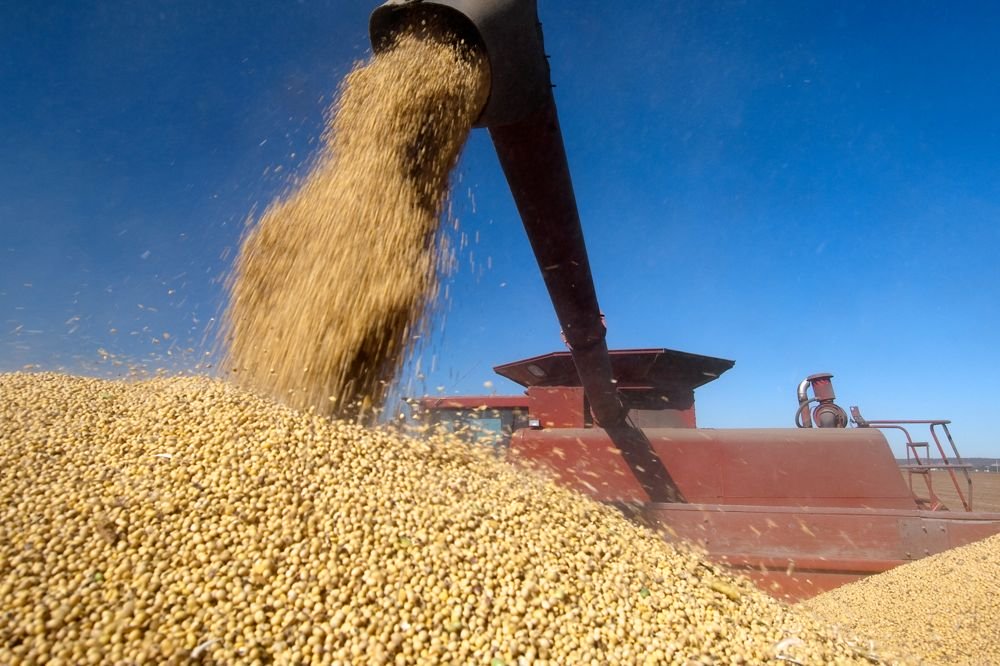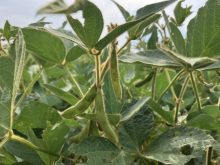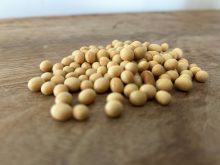CNS Canada — As soybeans rise in acreage across Western Canada, many are wondering which crop will bear the brunt of their sudden expansion.
“Guys are trying to figure out — is it squeezing out canola or peas?” said Dan Mazier, president of Keystone Agricultural Producers. “It’s one of those products.”
Flax has also taken a hit this spring, he added, and the jury is out on how much wheat has been put in.
“Something will have to move out of the rotation to make room for soybeans,” he said.
Read Also

U.S. livestock: CME cattle tick lower in thin pre-holiday trade
Chicago | Reuters – Chicago Mercantile Exchange live and feeder cattle futures were little changed but ended slightly lower on…
Nearly seven million acres of soybeans were planted in Canada according to the latest estimate from Statistics Canada. That compares to just 5.5 million in 2016.
Of that total, 1.9 million acres were grown in Western Canada.
“I can’t get over it,” Mazier added. “It will be interesting to see how low the price of soybeans will have to go before people stop putting it in.”
He may get his wish. In July of last year, soybeans were going for US$10.60 a bushel but were down to US$9.28 by Monday’s close.
Part of that downturn can be traced to wet conditions in the U.S. this spring that forced many farmers to switch out their corn acres in favour of soybeans.
That sudden rise in U.S. acreage hasn’t deterred the popularity of soybeans in Manitoba.
Mazier said it’s tough to drive around in Manitoba without seeing a soybean field these days — an observation shared by another crop-watcher.
“That two million-acre mark (in Manitoba) is definitely still in the cards and maybe a little bit higher,” said Dennis Lange, a pulse specialist with the provincial government in Altona. “It just depends on how things shake out.”
In 2016, Manitoba farmers planted 1.6 million acres. Statistics Canada releases its updated acreage estimates on June 29.
Mazier noted there are a few drawbacks to soybean farming. The cost of the seed is high and other countries don’t always compete on a consistent basis.
“Brazil is a concern,” he said. “If someone starts dumping this product into North America that will change things.”
That said, the price and marketability of soybeans is too much to pass up.
“I don’t think guys are going to back off,” Mazier said. “Unless disease changes things.”
Unlike other crops, he added, when customers tell him they want soybeans they don’t mean next spring; they want it immediately.
“As soon as you combine it, you can price your soybeans and actually get a pretty good price,” he said. “The best prices are in that October, November window; it’s turning into a cash crop.”
— Dave Sims writes for Commodity News Service Canada, a Winnipeg company specializing in grain and commodity market reporting. Follow CNS Canada at @CNSCanada on Twitter.
















